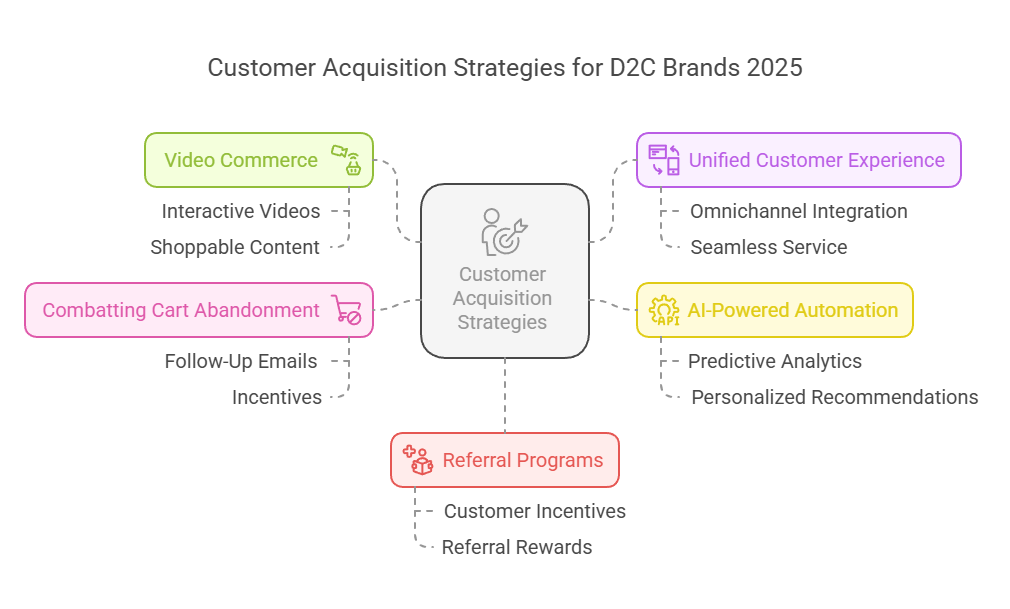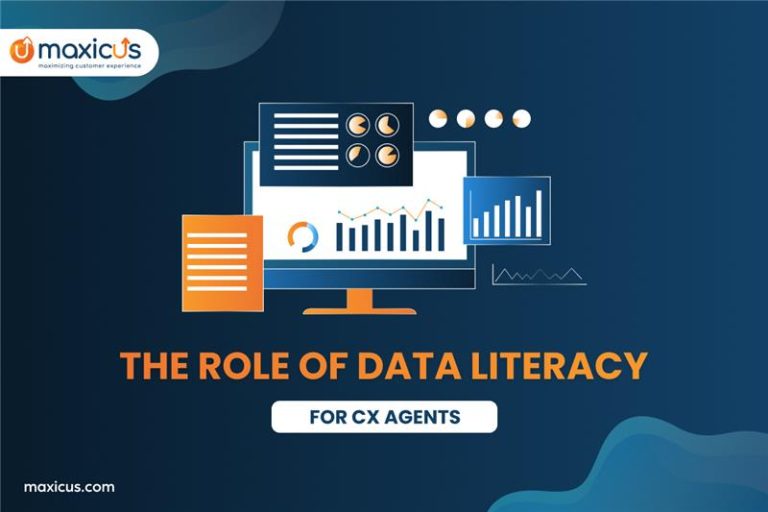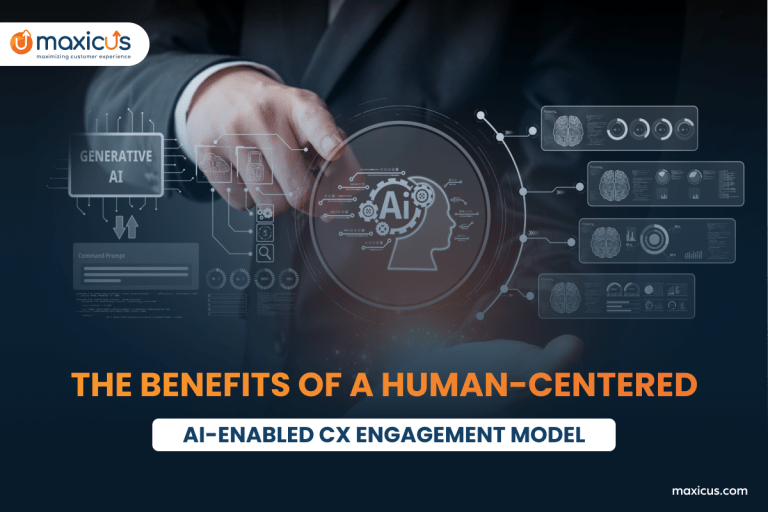Top 5 Customer Acquisition Strategies for D2C Brands in 2025
In 2023, established Direct to customers brands brought in around $135 billion in e-commerce sales. By 2025, this number is expected to jump to $187 billion. (Source)
As consumer behavior rapidly evolves and technology becomes more integrated into daily lives, acquiring and retaining customers has become more complex yet critical. As a result, D2C brands must continuously innovate their customer acquisition strategies to meet the growing demand and maintain a competitive edge.
With eCommerce playing such a pivotal role, understanding how to effectively engage customers and drive conversions will be a key factor for success in 2025. D2C brands must harness emerging trends, technologies, and strategies to attract and retain customers in an increasingly crowded digital landscape. In this blog, we will explore the top customer acquisition strategies that D2C brands can use to win over consumers and increase their market share in 2025.
Customer Acquisition Strategies for D2C Brands in 2025

1. Video Commerce: The Future of Personalized Shopping
Video has rapidly become one of the most powerful tools in digital world, and this trend is set to grow even stronger in 2025. According to recent statistics, 73% of consumers are more likely to purchase a product after watching a video about it. Video commerce enables D2C brands to create compelling, visual content that not only showcases their products but also delivers an engaging and personalized shopping experience.
One of the most effective forms of video commerce is the one-on-one live video demo. This provides customers with the opportunity to interact with a product expert in real time, ask questions, and receive tailored recommendations based on their specific needs. This personalized approach builds trust and improves the likelihood of conversion. For Example Fortune 50 brands have successfully used live video demos to showcase new products, offering a more interactive and engaging experience for potential buyers. One of our leading electronics clients saw a remarkable 750CR in revenue while also boosting conversion rates and improving customer satisfaction.
Live video commerce also provides a unique opportunity to enhance customer relationships by offering a more humanized experience. By incorporating elements such as product demonstrations, Q&A sessions, and customer testimonials, D2C brands can create an immersive and authentic experience that resonates with their audience, which ultimately fosters greater loyalty and repeat business.
2. Unified Customer Experience Across All Touchpoints
A unified experience across various customer touchpoints—whether chat, email, voice, watsapp or video—is essential for modern D2C brands. As customers interact with brands on multiple channels, it’s critical for D2C companies to provide a seamless and consistent experience. This means that no matter where or how a customer engages with the brand, they should receive the same level of service, personalization, and responsiveness.
In 2025, customers expect omnichannel experiences via chat, email, voice, watsapp or video that are smooth, intuitive, and personalized. A unified customer experience enables brands to track and manage interactions across all touchpoints, allowing them to respond quickly and appropriately to customer inquiries or concerns. This consistency in communication fosters a sense of trust, which is critical for driving customer acquisition.
Brands should ensure their customer support and sales processes are integrated across all channels. For instance, a customer who begins a chat conversation on the website should be able to continue the conversation via email or voice without having to repeat themselves. Tools like customer relationship management (CRM) systems, integrated support platforms, and AI-powered chatbots help streamline communication across all channels, ensuring a unified experience.
Moreover, incorporating video into the customer journey adds another layer to this experience. Video calls, live streaming, and interactive video content enhance the ability to engage with customers in real time, leading to a more personalized and enriched experience that drives customer loyalty and retention.
3. AI-Powered Automation and Personalization
Artificial intelligence (AI) is rapidly transforming the landscape of customer acquisition, and in 2025, it’s set to become a cornerstone of customer acquisition strategies for D2C brands. From personalization to automation, AI has the ability to enhance the efficiency and effectiveness of customer acquisition efforts.
Generative AI (Gen-AI) plays a significant role in this shift by enabling D2C brands to deliver highly personalized content and experiences at scale. AI tools can analyze vast amounts of customer data, such as browsing behavior, purchase history, and demographic information, to create tailored product recommendations, dynamic pricing models, and personalized marketing campaigns.
AI can also power chatbots and virtual assistants, automating customer service interactions and sales processes. By leveraging AI, D2C brands can engage with potential customers 24/7, providing immediate responses to inquiries and guiding them through the purchasing journey. This not only improves the efficiency of customer acquisition efforts but also helps brands provide a more responsive and personalized experience, which in turn drives higher conversion rates.
Additionally, AI-driven predictive analytics can help brands forecast customer preferences and behaviors, allowing them to adjust their acquisition strategies proactively. By anticipating customer needs and tailoring messaging accordingly, brands can improve targeting and optimize their marketing spend.
4. Tacking Cart Abandonment with Strategic & Personalised Follow-up Approach
Cart abandonment remains one of the biggest challenges for D2C brands. In fact, studies have shown that nearly 70% of online shopping carts are abandoned before a purchase is completed. The reasons for cart abandonment are varied and can include unexpected shipping costs, lack of payment options, or simply a customer getting distracted before finalizing the transaction. To overcome this challenge, D2C brands must employ effective follow-up strategies to encourage customers to return and complete their purchases.
One of the most effective follow-up strategies is the use of automated cart abandonment emails. These emails remind customers of the items they left behind, often with a personalized message or even an incentive, such as a discount or free shipping, to encourage them to finalize the transaction. The timing and frequency of these emails are crucial for success, as sending the right message at the right time can significantly reduce abandonment rates.
In addition to email, brands can also use retargeting ads across social media and display networks to bring customers back to their carts. Personalized ads featuring the exact items left behind in the cart, or similar products, can serve as a gentle reminder and encourage customers to revisit the site.
Another effective strategy is to simplify the checkout process. By removing barriers to completing a purchase, such as requiring too many form fields or not offering multiple payment options, brands can reduce friction and make it easier for customers to finalize their purchases.
5. Leveraging the power of your own webstore traffic / maximizing or making the most of your website traffic
Maximizing your own webstore traffic is crucial for D2C brands looking to take full control of the customer journey, instead of relying on third-party retailers or external platforms. Your webstore is the most valuable asset you have for direct engagement with customers. Optimizing it to convert traffic into sales is key to driving customer acquisition in 2025. Start by enhancing the user experience with intuitive navigation, personalized product recommendations, and dynamic content that speaks directly to individual visitor preferences.
Incorporating video commerce, such as personalized live video demos directly on your website, allows you to offer a highly interactive and engaging shopping experience. These live demos provide real-time product showcases and the opportunity for customers to ask questions, giving a more humanized, one-on-one shopping experience. Integrating voice and video across various touchpoints—whether through live chat, video calls, email, or WhatsApp—ensures consistent and seamless communication with customers.
Conclusion
As the D2C landscape continues to evolve in 2025, brands must be proactive in adopting customer acquisition strategies that align with changing consumer preferences and technological advancements. Video commerce, unified customer experiences, AI-powered personalization, effective cart abandonment strategies, referral programs, will be key drivers of success in acquiring and retaining customers.
At Maxicus, we help D2C brands implement these strategies with our comprehensive suite of solutions. From AI-driven customer engagement to video commerce and omnichannel support, we empower brands to deliver exceptional customer experiences that drive growth. Whether you’re looking to optimize your customer acquisition strategy or need assistance with creating seamless touchpoint experiences, Maxicus is here to help.
Get in touch with us today, and let’s turn your customer interactions into lasting business success.










